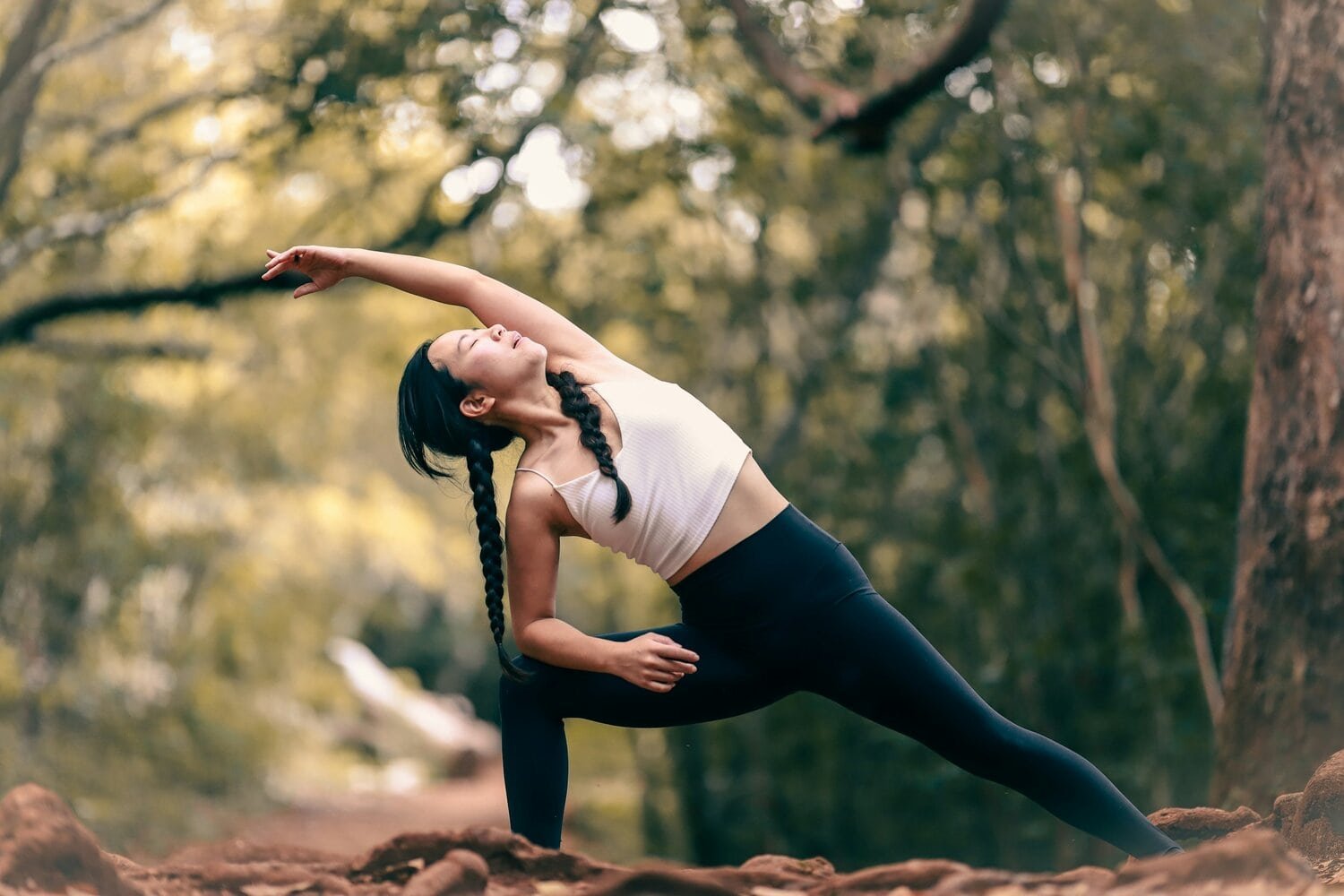The Stretching Debate: Should You Be Stretching or Not?
As women, we are constantly bombarded with mixed messages about how to stay healthy, fit, and pain-free. One topic that has been debated for years is the effectiveness of stretching. Some experts argue that stretching is essential, while others claim that it’s ineffective or even harmful to the body. So, what’s the truth? In this blog post, we’ll explore the pros and cons of stretching and help you determine whether it’s right for you.
The Pros of Stretching
Let’s start with the benefits of stretching. When done correctly, stretching can improve flexibility, range of motion, and overall mobility. It can also increase blood flow to the muscles, reduce tension and stress, and improve posture. For women who spend long hours sitting at a desk or behind the wheel, stretching can be an effective way to combat stiffness and pain.
The Cons of Stretching
Now let’s turn to the downsides. One of the main criticisms of stretching is that it can actually increase the risk of injury. This is especially true if stretching is done incorrectly, or if you stretch too aggressively. Some experts also argue that stretching doesn’t actually prevent injury, and that it may even diminish athletic performance by reducing power and speed. Finally, some individuals who suffer from certain medical conditions, such as osteoporosis or arthritis, may find that certain types of stretching exacerbate their symptoms.
So, What’s the Verdict?
At this point, you may be thinking, “Okay, but should I be stretching or not?” The truth is that there is no one-size-fits-all answer. Whether you should be stretching depends on a variety of factors, including your age, level of fitness, and individual health issues. Talk to your doctor or a physical therapist before starting a stretching routine. They can help you determine what kind of stretching is best for your body type, and how often you should be stretching.
INTENSITY
Lets first look at the intensity of stretching, no matter what type you choose, micro stretching has been showing to be more affective than an increased intense stretch. According to a study, Wyon et al. There is no need to stretch towards pain, you actually get more benefit with consistency and frequency.
The Best Types of Stretching
Assuming your doctor or PT has given you the green light to start stretching, what kind of stretching should you be doing? There are several different types of stretching, each with its own advantages and disadvantages. Some popular options include static stretching, dynamic stretching, and PNF stretching. In general, experts recommend a combination of different stretching techniques to achieve maximum flexibility and mobility.
How to Get Started
If you’ve decided to incorporate stretching into your fitness routine, congratulations! Here are a few tips to help you get started:
• Start slowly and gently, especially if you’re new to stretching or haven’t stretched in a while.
• Focus on major muscle groups like the hamstrings, quads, and calves.
• Don’t forget to breathe deeply and fully while stretching.
• Hold each stretch for at least 15-30 seconds, and don’t bounce.
• Stretch after your workout, when your muscles are warmed up and more receptive to stretching.
Some last thoughts
Stretching can be a highly effective way to improve flexibility, reduce pain, and increase fitness. However, it’s important to understand the pros and cons of stretching, and to work with a healthcare professional to determine what kind of stretching is best for you. Whether you’re a mom, a woman over 40, or someone in pain, there is a stretching routine out there that can help you feel better, move freely, and live your best life. So, get stretching, and enjoy the many benefits it has to offer!

